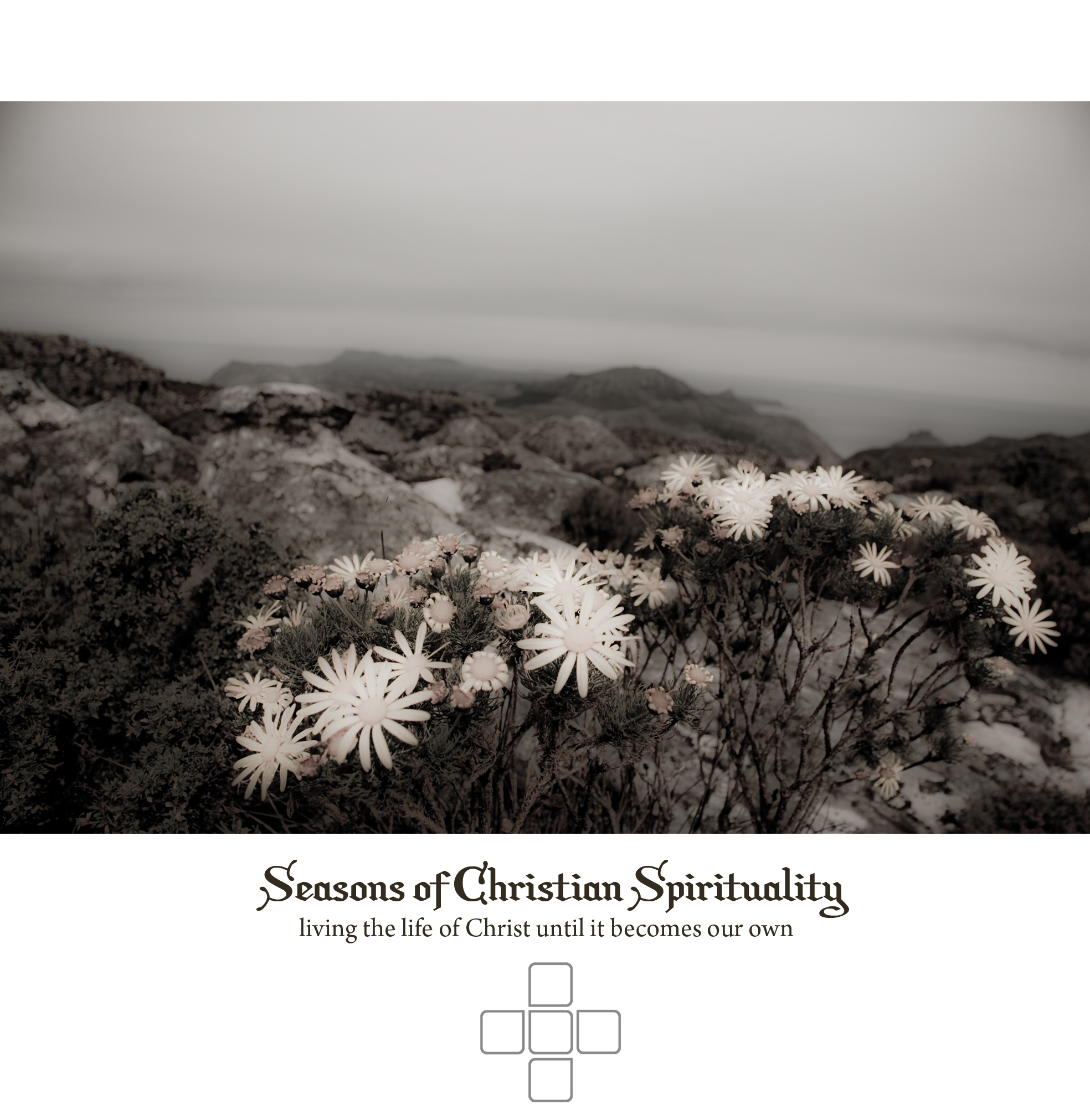One of the details we often overlook concerning the life of Jesus was the animosity between his friends and his family. Christ’s disciples loved him, but his family rejected him utterly. This rejection began even before his birth—Jesus’ family made no room for him to be born, in their hometown, when Mary was in need—and it continued until after the crucifixion.
Yet, while he was on the cross, the gospel writers record a strange kind of reconciliation. It began with the symbolism inherent in Christ’s side being pierced. This piercing is significant because it also happened to Adam in the Garden of Eden. When Adam’s side was pierced, his rib was removed, and from it God provided Adam with a bride. Christ became the Second Adam, says Saint Paul, and when his side was pierced, he too received a bride.
The church was born from the effusion of water and blood. The water that came from the side of Jesus represents the water of baptism. The blood represents the new covenant and the final sacrifice for sin.
The church is born in atonement, in baptism.
By his wounds we are made whole again. The piercing of Christ brought together his family and his followers.
In the midst of his suffering on the cross, Jesus had the presence of mind to heal the rift between his family and his followers, telling John here is your mother, and Mary here is your son. These were his last words, the final message to the faithful, and with these words Christ brought his people together.
Then he gave up his spirit, a phrase that (when literally translated from Aramaic) means he gave his spirit to them.
With Christ’s death, the church became the custodian of his spirit.
After the crucifixion, we’re told that all the disciples gathered together with Christ’s family in the room where the last supper was shared. Family and followers were bound together by the blood of Jesus. After the resurrection, Christ found them there, together, and breathed on them. When they received his breath, the church was born.
God breathed life into Adam, Christ breathed life into his church.
With his final act on the cross, Jesus gave up his life to bring his people together. Within the new life of his resurrection, he took this new “family” and gave them his spirit — a dowry for his bride.
I find it beautiful that in the midst of the macro-cosmic significance of his substitutionary atoning death for all humanity across the sea of time, Christ was concerned for his family and friends. I imagine that pedestrian kind of love extends even to me, to us, and that his sacrifice comes to me now to heal the wounds in my life.
This post is from Seasons of Christian Spirituality.
fossores
Related posts
Categories
Category Cloud
Tag Cloud
Recent Posts
- Victors and Victims November 6, 2018
- 3 Hacks for Happiness October 29, 2018
- Hope Against Death September 20, 2018
- The Shape Of The Cross September 19, 2018


